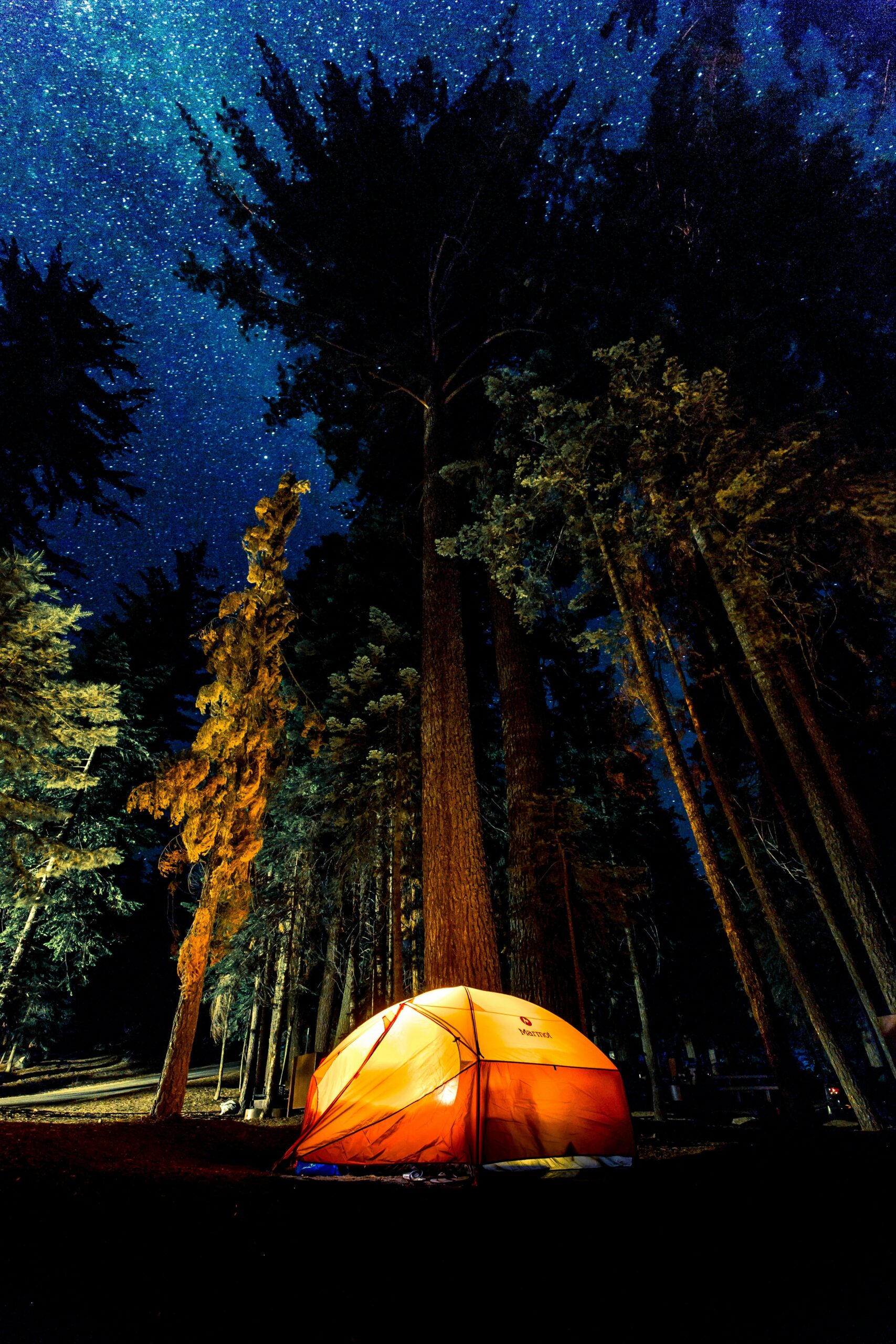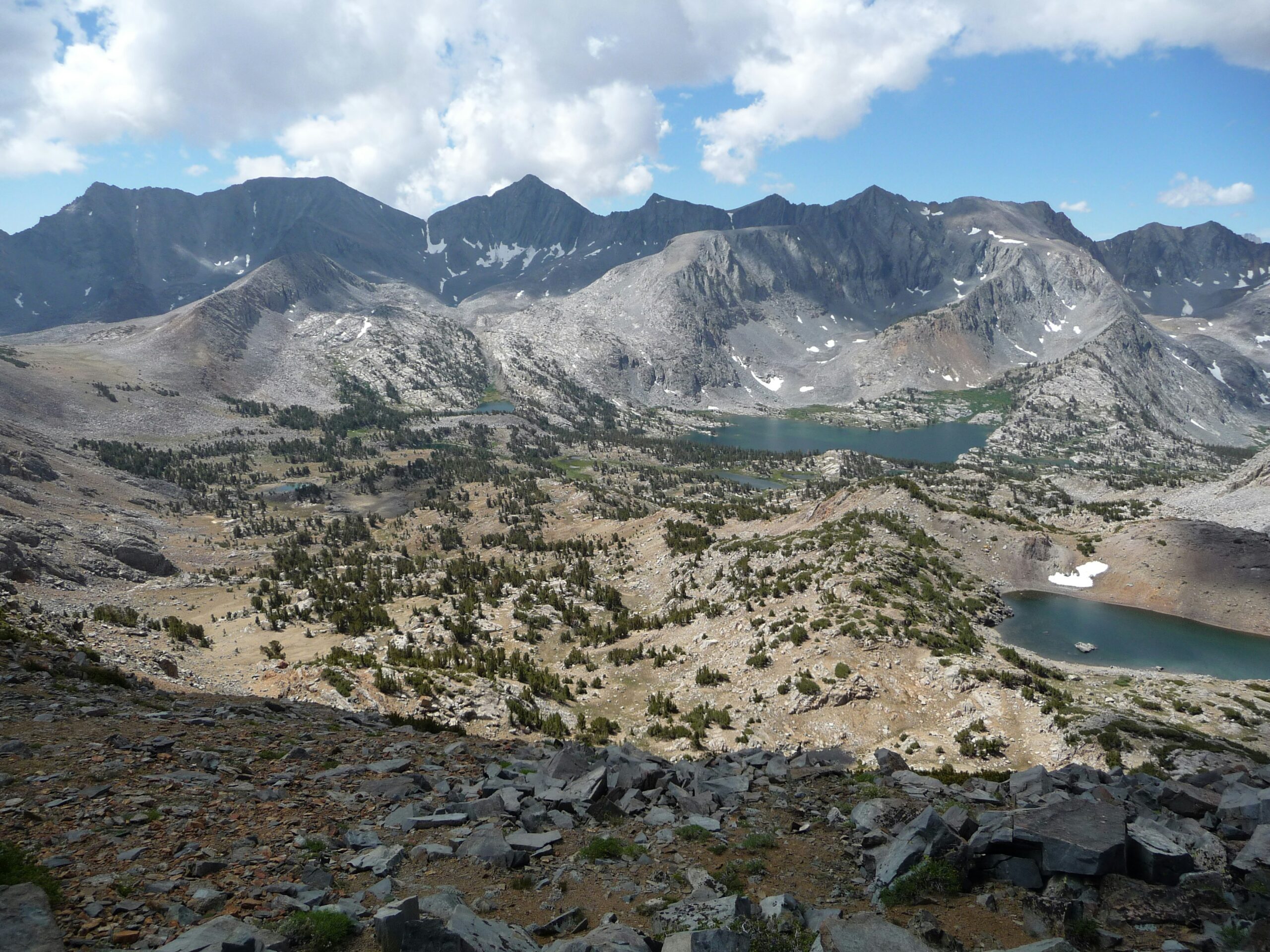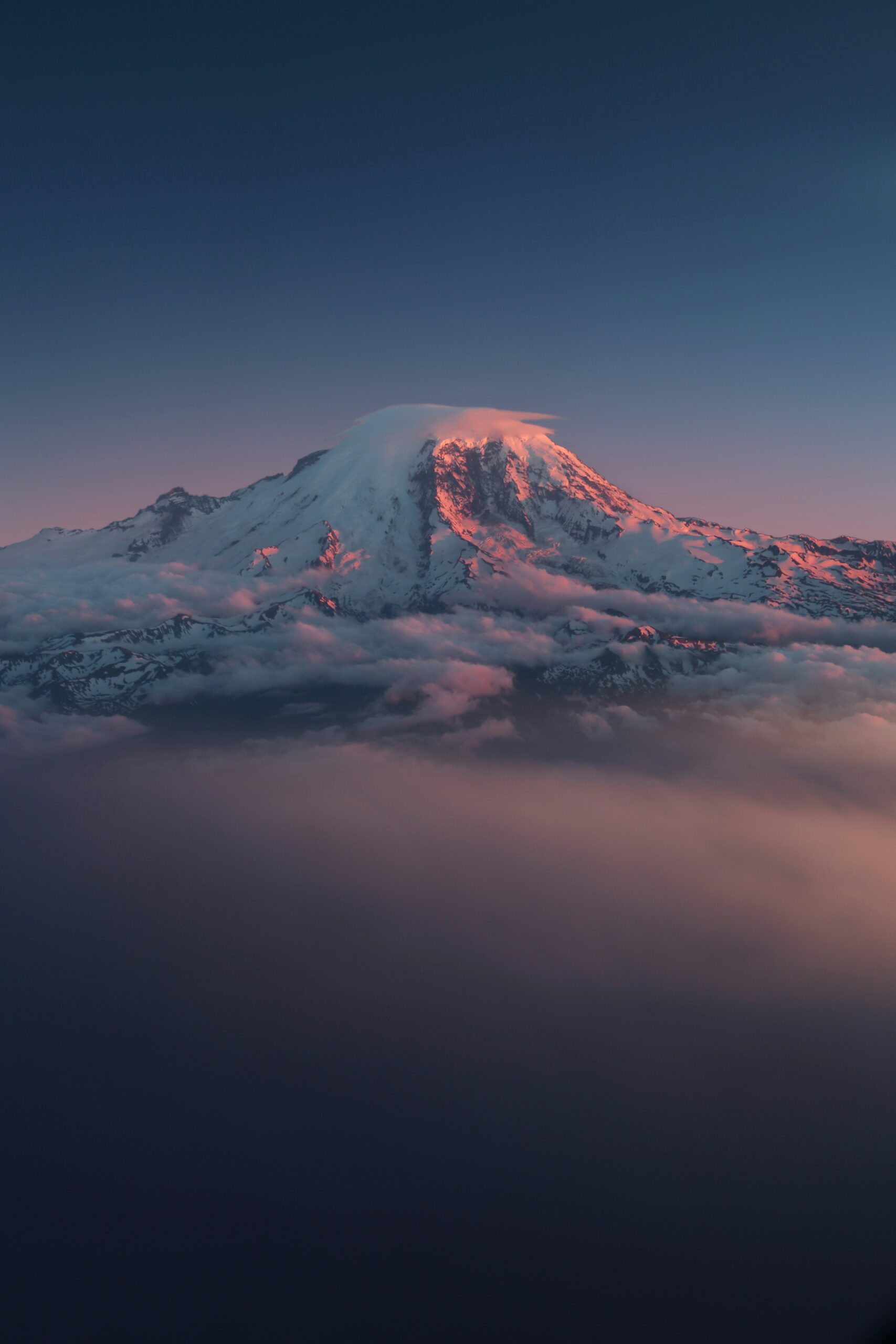Are you planning a camping trip to Mount Shasta and wondering about the regulations for cooking? Look no further! In this article, we will provide you with all the necessary information about camping regulations for cooking on Mount Shasta. Whether you're a seasoned camper or a first-time explorer, understanding these guidelines will ensure a safe and enjoyable cooking experience during your camping adventure. So let's dive in and discover the rules and regulations that govern cooking in this beautiful outdoor destination!

Understanding The General Rules
Important regulations for campers
When you head out for a camping trip on Mount Shasta, it's essential to familiarize yourself with the general rules in order to have a safe and enjoyable experience. These regulations are in place to protect both you and the environment. Make sure to adhere to these important regulations, as failure to comply may result in penalties.
Non-Compliance penalties
To ensure everyone's safety and preserve the natural beauty of Mount Shasta, penalties are enforced for non-compliance with camping regulations. Violations such as improper food storage, violation of fire regulations, or disturbing wildlife can result in fines or even expulsion from the camping area. It's crucial to be aware of and respect these regulations to avoid any consequences.
Campsite Selection
Identifying appropriate sites
Choosing the right campsite is an integral part of any successful camping trip. When selecting a campsite on Mount Shasta, make sure to look for designated camping areas to ensure compliance with regulations. These areas are carefully chosen to provide campers with a safe and enjoyable experience while minimizing environmental impact.
Rules for making new campsites
While it may be tempting to explore and set up camp in new areas, it is essential to follow the rules for making new campsites on Mount Shasta. Making unauthorized campsites can lead to soil erosion, damage to vegetation, and disruption of wildlife. Always consult with park officials and follow their guidance to protect the unique ecosystem and prevent any negative impacts.
Food Storage Regulation
Securing food from wildlife
When camping on Mount Shasta, it's crucial to secure your food properly to prevent any unwanted encounters with wildlife. Bears and other animals can be attracted to food and garbage, posing a risk to both campers and the animals themselves. Use bear-resistant containers or hang your food at least 10 feet off the ground and four feet away from any tree trunk to keep it safe from wildlife.
Allowed storage mediums
Campers are advised to use approved storage mediums for their food. Sturdy coolers, lockable containers, or bear canisters are ideal for safely storing your food. Avoid leaving food unattended at your campsite, as this can attract animals. By following these food storage regulations, you can help maintain a harmonious coexistence with wildlife while enjoying your camping experience.
Cooking Equipment
Permitted and prohibited equipment
When it comes to cooking equipment, some items are permitted while others are prohibited on Mount Shasta. Propane and gas stoves are allowed for cooking, but open fires, including wood-burning campfires, may be prohibited during certain weather conditions or in designated areas. It's essential to check the specific regulations for your camping location to ensure compliance.
Using stoves and grills
If you plan to use propane or gas stoves or grills for cooking, take precautions to ensure safety. Always set up your cooking equipment on stable, level ground, away from any flammable materials. Keep a fire extinguisher nearby and never leave your cooking unattended. Following these guidelines will not only keep you safe but also prevent accidental fires and potential harm to the environment.

Fire Regulations
Campfire rules and restrictions
Campfires are a cherished part of the camping experience, but it's crucial to be aware of the campfire rules and restrictions on Mount Shasta. Depending on weather conditions and park regulations, campfires may be prohibited altogether or only allowed in designated fire rings or pits. Before starting a fire, always check with park officials to understand the current regulations and any potential fire bans.
Effect of weather conditions
Weather conditions can greatly impact the permission and safety of campfires on Mount Shasta. Dry or windy conditions increase the risk of wildfires, so it's important to monitor the weather and adhere to fire regulations accordingly. Remember, the safety of yourself, other campers, and the surrounding environment should always be the top priority when deciding whether or not to have a campfire.
Disposal of Leftovers
Proper disposal techniques
After enjoying a delicious meal in the great outdoors, proper disposal of leftovers is crucial to maintain cleanliness and prevent attracting wildlife. Scatter any food scraps over a large area or bury them at least 200 feet away from your campsite and any water sources. This helps prevent animals from getting accustomed to human food and reduces the chances of negative wildlife encounters.
Dealing with food waste
Properly handling food waste is essential for keeping Mount Shasta pristine and protecting its wildlife. Pack out any non-compostable food waste, such as aluminum foil or plastic wrappers, and dispose of them in appropriate waste receptacles. Compostable food waste can be buried at least eight inches below the surface, ensuring it is well-covered to prevent animals from being attracted to it.

Cooking Water Regulations
Clean water collection and storage
When camping on Mount Shasta, access to clean drinking water is crucial. Collect water from approved sources such as designated water spigots or potable water containers provided by the park. To ensure the water remains clean and safe to consume, store it in clean containers or use water filters or purifiers if needed.
Treatment of used water
Properly managing used water is equally important to protect the environment and prevent contamination. Dispose of dishwater and other cleaned water at least 200 feet away from water sources, campsites, and trails. This prevents any harmful substances from entering the ecosystem and preserves the natural beauty of Mount Shasta for future generations to enjoy.
Wildlife Interaction
Avoiding food-related wildlife issues
While camping on Mount Shasta, it's crucial to avoid any food-related wildlife issues. Never feed wildlife, as it disrupts their natural behavior and can make them dependent on human food. Store your food securely as mentioned earlier, and keep your cooking and eating areas clean. Eliminating food odors and waste decreases the chances of attracting wildlife to your campsite.
Procedures if wildlife is attracted
In the rare event that wildlife is attracted to your campsite despite following the regulations, it's important to know the proper procedures. Make loud noises, clap your hands, and shout to startle and deter the animals. Do not approach or attempt to feed them. If necessary, contact park officials for guidance on resolving the situation safely and responsibly.
Emergencies and Violations
Emergency contacts
In case of emergencies while camping on Mount Shasta, it's crucial to have the appropriate contact information readily available. Note down the emergency numbers provided by the park and keep them in a easily accessible location, such as your phone or on a prominently displayed camp information board. Be prepared to provide relevant information, such as your location and nature of the emergency, when contacting emergency services.
Reporting violations
If you witness any violations of camping regulations, it's important to report them to park officials. This helps maintain a safe and enjoyable environment for all campers and ensures the protection of Mount Shasta's natural resources. Provide as much detail as possible, including the date, time, and description of the violation. Your cooperation in reporting violations is vital in preserving the integrity of this beautiful camping destination.
Resource Conservation
Minimizing campfire impact
To minimize the impact on Mount Shasta's natural environment, it's crucial to follow practices that conserve resources. Use firewood sparingly and gather fallen branches rather than cutting live vegetation. Ensure fires are fully extinguished before leaving your campsite and leave no trace behind. By being mindful of your impact, you contribute to the long-term preservation and enjoyment of this magnificent wilderness.
Respect for the natural environment
Lastly, always remember to respect the natural environment of Mount Shasta. Leave plants and wildlife undisturbed, refrain from littering, and stay on designated trails to prevent erosion and protect fragile ecosystems. By practicing Leave No Trace principles, you can help preserve the sublime beauty of Mount Shasta for future generations to appreciate and enjoy.
By understanding and adhering to the camping regulations outlined above, you can ensure a safe, responsible, and unforgettable camping experience on Mount Shasta. Enjoy the natural wonders, embrace the adventure, and leave only footprints behind as you create memories amidst the pristine beauty of this extraordinary destination.

